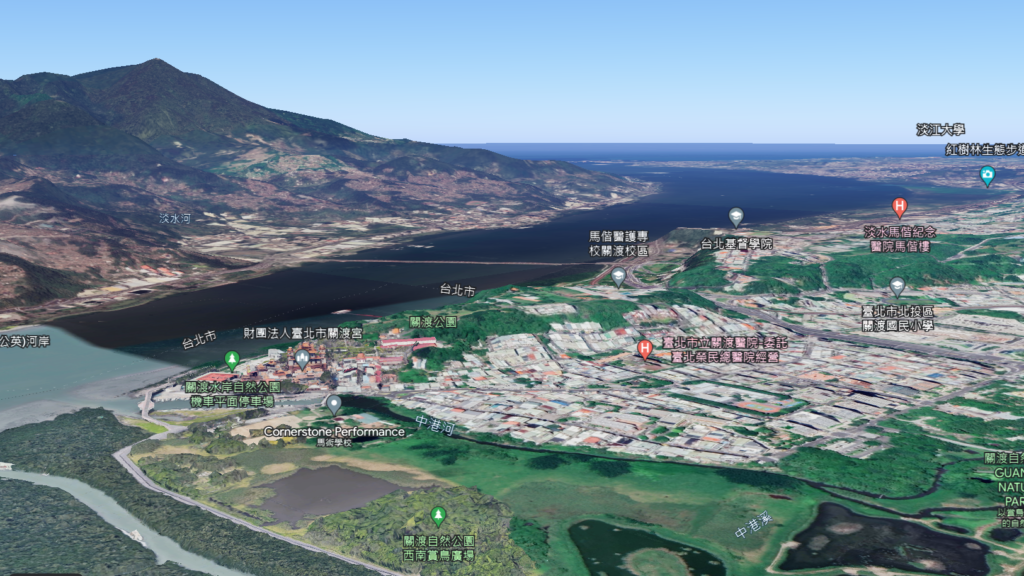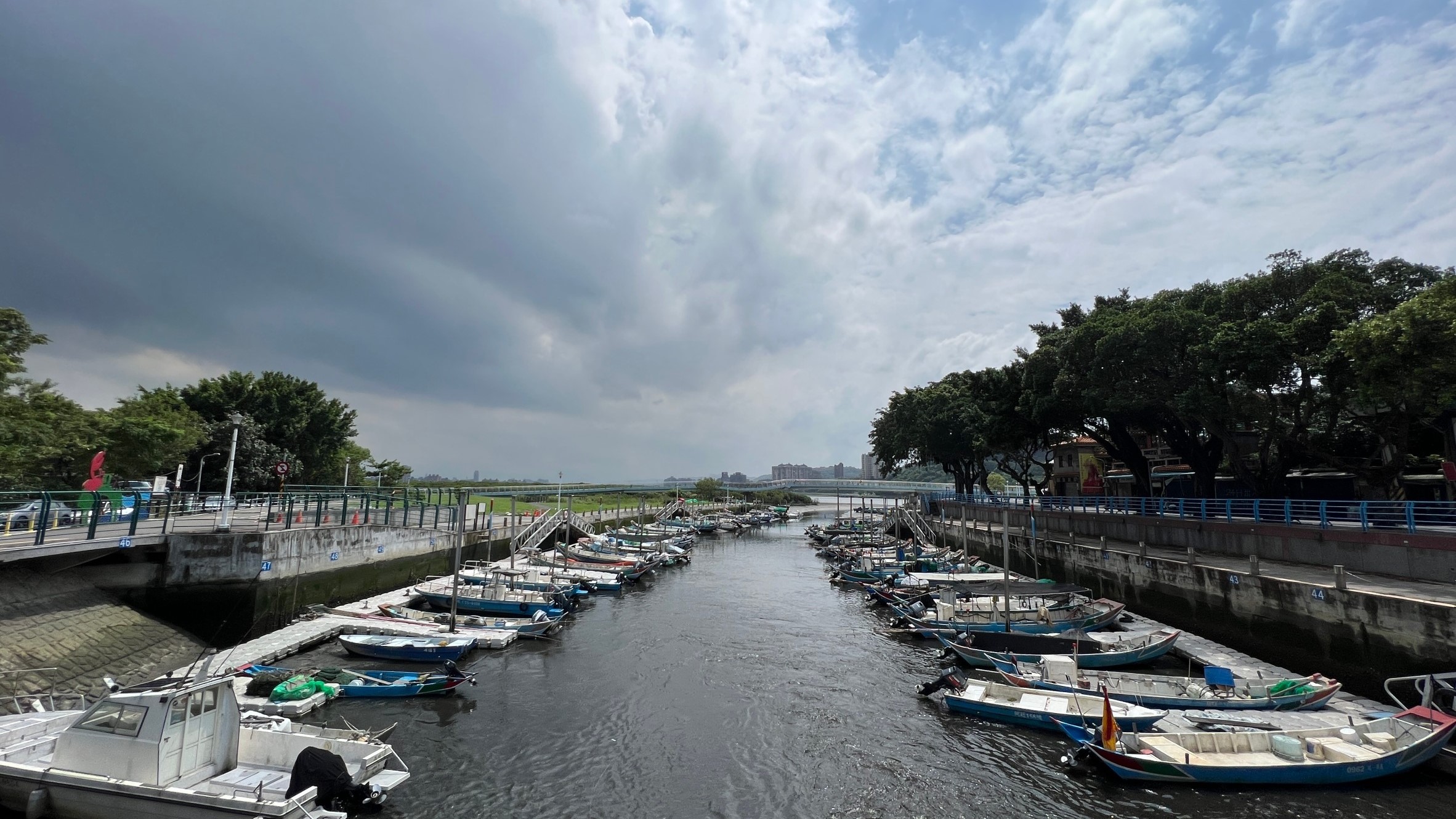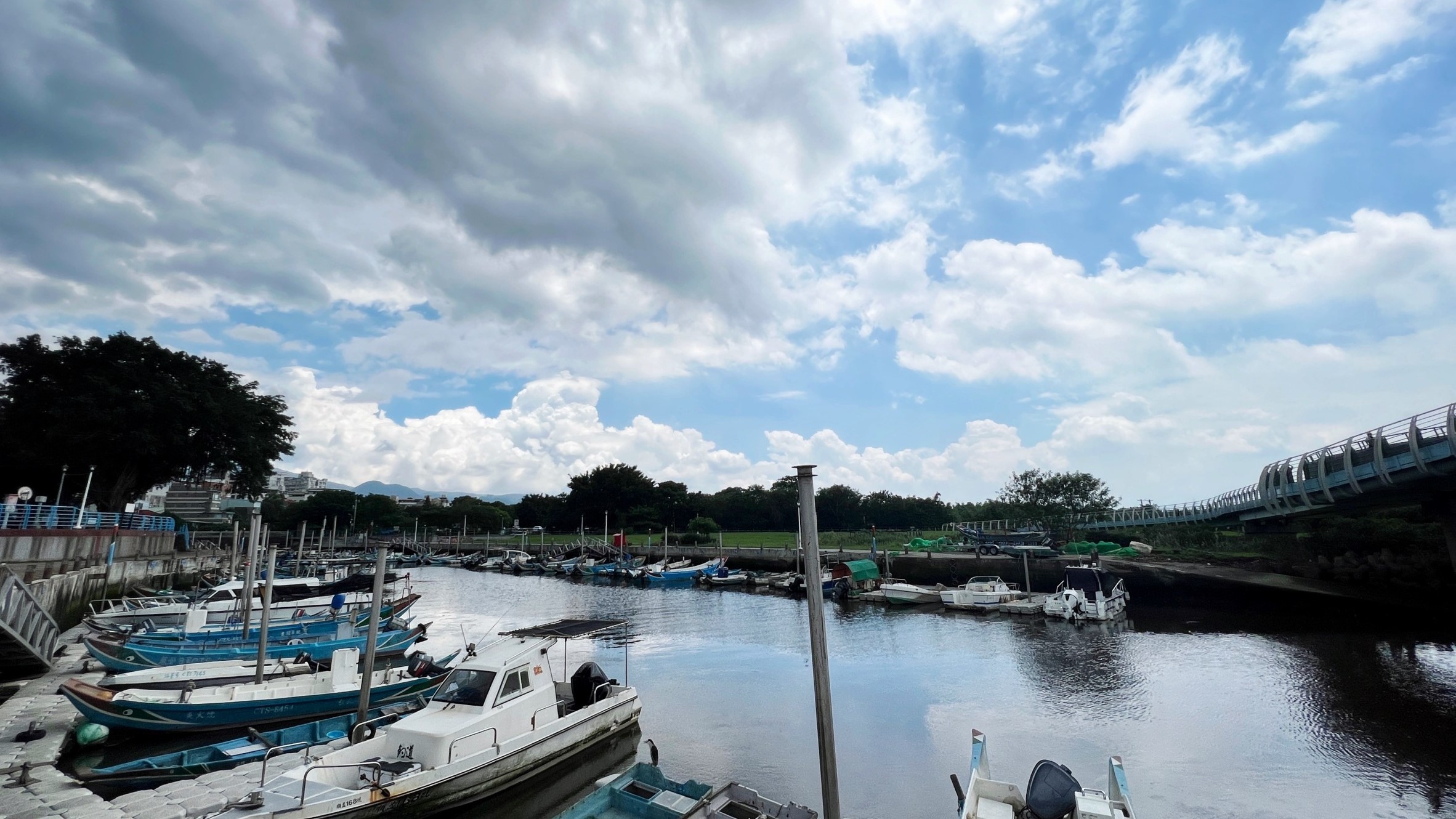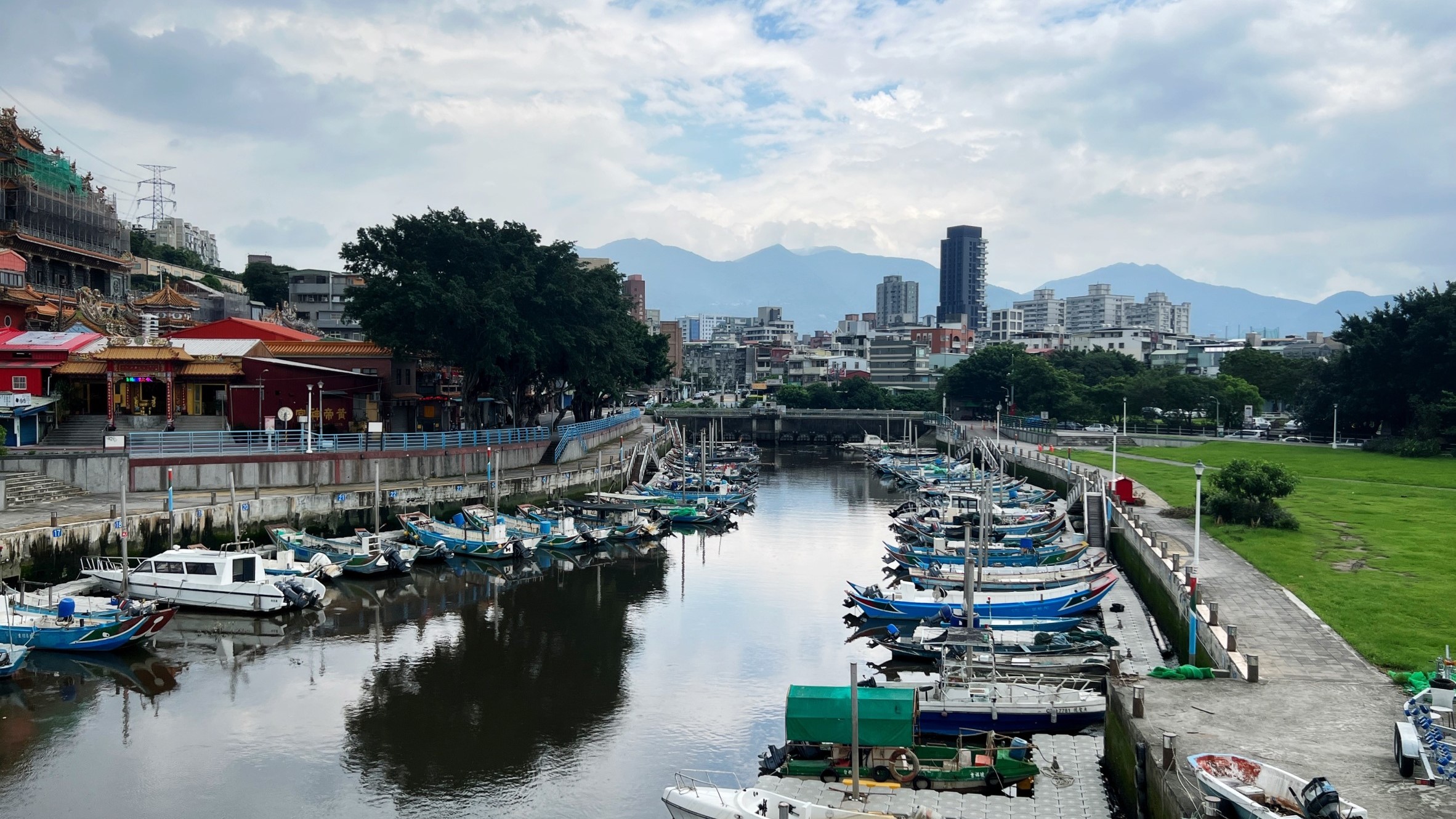Local Creativity
Through a diversified approach, we aim to inject new vitality into places and enhance their competitiveness. The aim is to solve the problems of population decline, aging, and hollowing out of industries, and to create a hometown where people want to come back and stay.
Placemaking can be done in the following ways:
- Cultivating local specialty industries: Encourage local enterprises to develop specialty industries and provide them with financial and technical support.
- Promoting tourism development: creating local attractions and organizing various activities to attract tourists.
- Improvement of infrastructure: Improvement of local infrastructure such as transportation, water and electricity, education, and medical care.
- Enhance the quality of life: Provide quality education, medical care, cultural and recreational living facilities.
- Activate community activities: Encourage residents to participate in community activities to enhance their sense of belonging.
Placemaking is a long-term project that requires the concerted efforts of all parties. As long as we work together, we will be able to bring new life to places.
Latest Articles
- 關渡探索:自然與文化的完美結合
- 關渡花海受颱風影響,花況僅恢復5~6成
- 【台北必遊景點】探訪台灣三大媽祖廟之一──關渡宮
- 淡水傳統漁業之傳承 -「耙文蛤」文化正港台灣文蛤
- 為什麼台灣文蛤是新的物種,古時候就住在台灣嗎?
- 2023熱鬧關渡節
- 臺北市觀光活動精采紛呈,歡迎遊客蒞臨十月盛事
- 南僑集團推出「私房起司披薩」:牽絲披薩新奇有趣,搭配活動增添樂趣
- 關渡河岸垃圾水汙染,如何解決?
- Paulaner Restaurant Taipei
- 台灣文蛤之相關新聞
- 韋啟義畫室
Kanto Plain


A plain located in New Taipei City, northern Taiwan, at the confluence of the Danshui and Keelung Rivers. With an area of about 10 square kilometers, Guandu Plain is the largest plain in northern Taiwan. With its flat terrain and fertile soil, the Guandu Plain is an important agricultural area in northern Taiwan. The Guandu Plain is also an important ecological area in northern Taiwan, inhabited by many rare birds. The Guandu Plain is an important scenic area in northern Taiwan, with many famous scenic spots, including the Guandu Palace, the Guandu Nature Park, and the Guandu Waterbird Protection Area.
Taiwan Native Clam
The scientific name is Meretrix taiwanica, commonly known as clams, pink cholesterol, is one of the important economic shellfish in Taiwan. The Taiwan native clam is mainly distributed along the western coast of Taiwan and the coast from southern China to northern Vietnam. The Taiwan native clam is a bivalve mollusc with an ovoid shell and a smooth shell surface with small, dense radial ribbing. The Taiwan native clam lives in intertidal sandy and muddy substrates and feeds on zooplankton. Taiwan native clams are edible and have a delicious flavor, and are one of the favorite seafoods in Taiwan.
- The cultured clams sold in Taiwan have been recognized as Japanese origin Raven Clams.
- Researchers at the Institute of Water Testing and Research of the Council of Agriculture discovered that the clams farmed in China are in fact a new species native to Taiwan through DNA identification techniques, and named them "Taiwan clams".
- Taiwan clams are mainly found along the southern coasts of Taiwan and China.
- Taiwan clams are not the same as Littleneck clams, Chinese clams, and common clams.
- In recent years, we have heard from time to time that religious organizations have purchased clams from overseas farms and released them into the wild. This kind of inappropriate practice of releasing clams arbitrarily without identifying their species and sources may lead to genetic mixing among local populations, or even crossbreeding with Taiwan's native species of clams.
- In order to protect the precious biological resources and genetic diversity of Taiwan's native species, the introduction and propagation of the clam should be done with caution.
















